Today we’re lifting the lid and discussing the big question: is yeast gluten-free?
The quick answer is that it depends on the kind of yeast but yeast itself is naturally gluten-free.
Keep an eye out for that certified gluten-free label for confirmation. Then keep reading to discover everything you need to know about yeast. This includes the different types, the best brands, and our favorite gluten-free recipes using yeast.
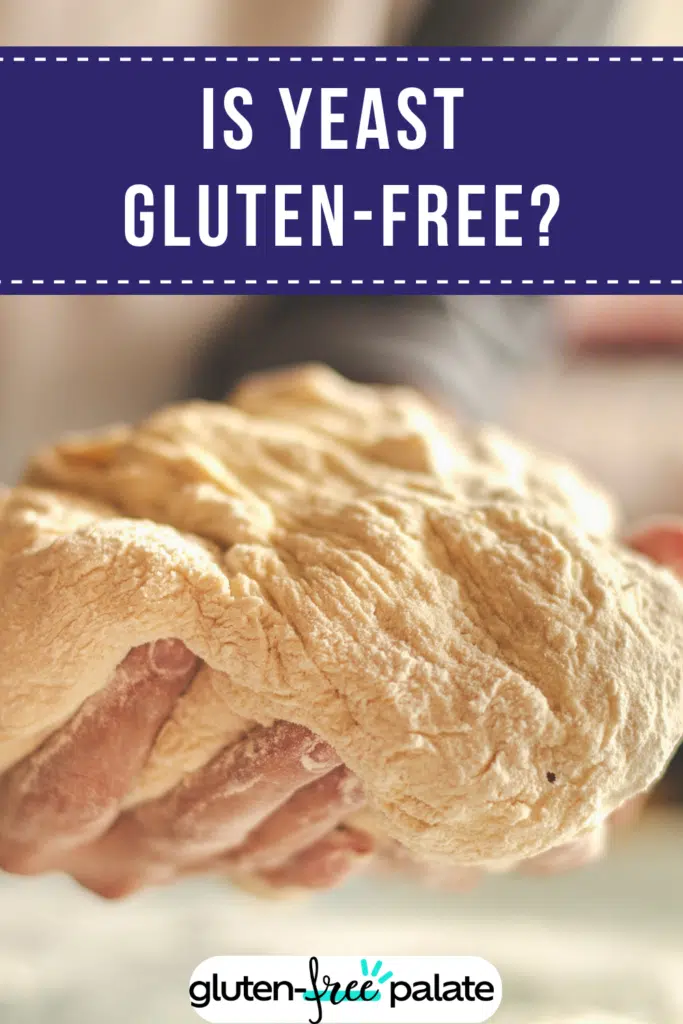
WHAT IS YEAST?
Did you know that yeast is actually hundreds of millions of years old? Yep, this single-cell organism is part of the fungus family. It converts its products into bread and alcohol through fermentation and has been around for eons. There are over 1500 yeast species, but we’ll break down the most popular types below.
WHAT IS YEAST USED FOR?
The two main things you use yeast for are baking bread or bread products and making alcohol.
Let’s get a little scientific for a second. When yeast ferments, it converts sugar and starch into carbon dioxide and alcohol.
So, when baking, the yeast combines with the sugar in the dough to create carbon dioxide. Because the dough is sticky and the carbon dioxide can’t escape, the dough rises, making bread.
When making alcohol, carbon dioxide helps carbonate beer. Kind of cool, right? It’s a powerhouse ingredient and fortunately, it’s not off-limits to gluten-free consumers.
IS YEAST GLUTEN-FREE?
Yeast is naturally gluten-free. But there are different yeast types and unfortunately, they’re not all gluten-free.
Most baker’s yeast, including fresh, active dry, and instant yeast, are gluten-free.
It’s the ingredients the yeast interacts with that are the main concern for gluten-free consumers. This includes barley to make alcohol or flour to bake bread.
DOES YEAST EXTRACT HAVE GLUTEN?
Next question: is yeast extract and autolyzed yeast extract gluten-free?
Yeast extract comes in liquid form and has innumerable uses, including flavoring food. But this is another answer where it depends on the product.
Both autolyzed and normal yeast extract can contain traces of gluten from barley. Unfortunately, manufacturers aren’t required to disclose the source of yeast extract on ingredient labels. So, this is another instance where it’s best to only use a certified gluten-free product if you have celiac disease.
While we’re on the topic, it’s important to differentiate between autolyzed yeast and autolyzed yeast extract. Because while the extract is typically not gluten-free thanks to barley, autolyzed yeast is gluten-free. Just to confuse you!
THE DIFFERENT TYPES OF YEAST
So, there are two main types of yeast available: brewer’s yeast and baker’s yeast. Then there are two different types of baker’s yeast, which we’ll discuss in detail below.
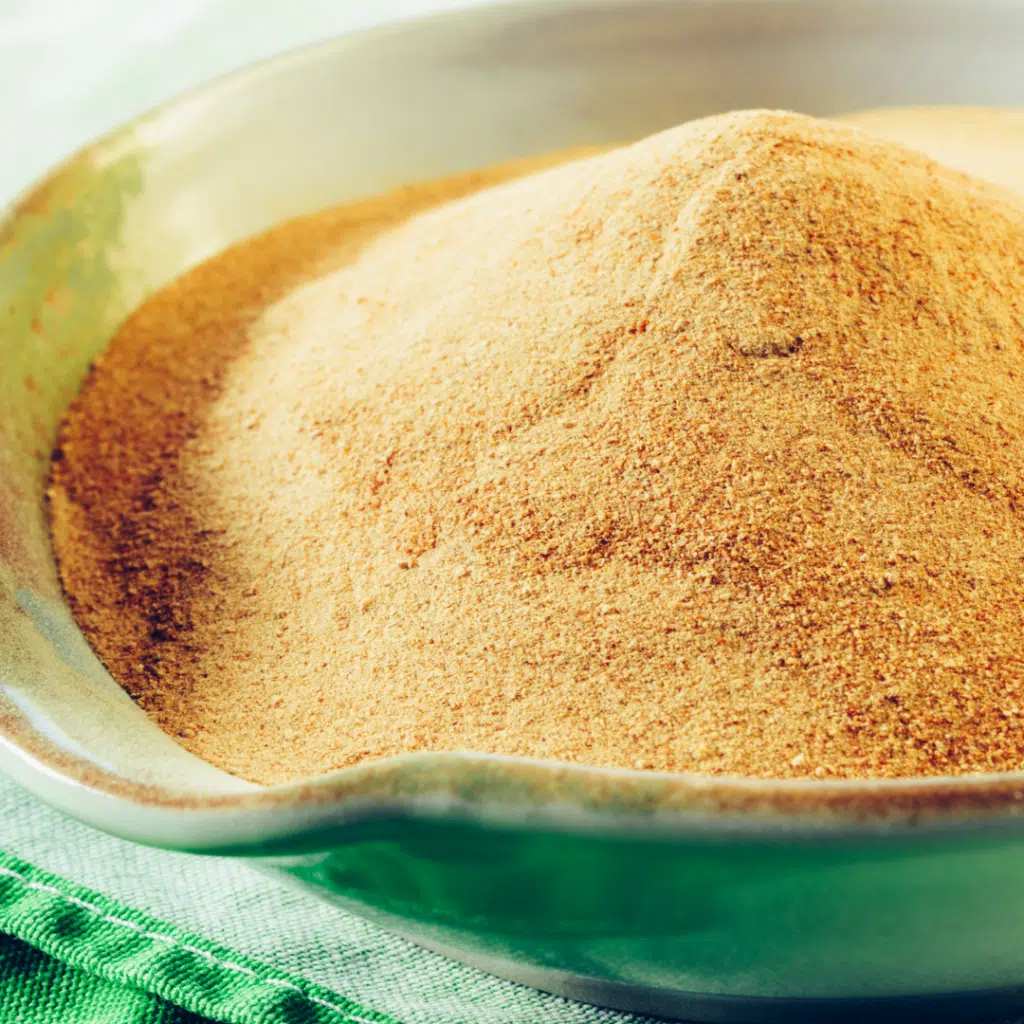
BREWER’S YEAST
As the name suggests, brewer’s yeast is a wet yeast used to brew beer, wine, and some spirits. Unfortunately, brewer’s yeast is not gluten-free. In fact, it’s rare to find gluten-free products made with brewer’s yeast. Because it’s a byproduct of the beer brewing process, brewer’s yeast contains gluten, thanks to the barley.
But there are some brewer’s yeast brands pushing boundaries and creating it using sugar beets, which are gluten-free. Spent brewer’s yeast is also a new deactivated yeast on the block. Yet because it’s often cross-contaminated with gluten products, it’s also not considered gluten-free.
BAKER’S YEAST
Baker’s yeast is a leavening agent used to make bread and other bread products. Fortunately, it’s gluten-free and works well with gluten-free flour alternatives to make bread.
But more on that later! Just always double-check the label to confirm.
Baker’s yeast comes in two main forms: fresh yeast and active dry yeast.
FRESH YEAST
Fresh yeast may also be known as wet, cake, or compressed yeast. Formed into small square cakes that are soft and crumbly in texture, fresh yeast is made of 70% moisture.
Only professional bakers really use it due to its high perishability. If your local supermarket stocks it (many don’t), you’ll find it near the butter.
Fresh yeast is also often more expensive than active dry yeast. One cake equals one envelope of dry yeast.
DRY YEAST
So, what’s the main difference between fresh yeast and dry yeast? Well, fresh yeast is wet and dry yeast comes in a dry powder form. That’s it.
Now, there are two types of dry yeast (are we sensing a theme here?): active dry yeast and instant yeast. Don’t worry, the two products do the exact same job. The only difference is the granule size, as instant yeast has a finer texture.
To “activate” active dry yeast, you need to dissolve it in lukewarm water (about 110 degrees F). In contrast, instant yeast contains enzymes and additives that help the dough rise without this activation step. So if you use instant yeast, your gluten-free bread will be ready in about half the time.
Remember, it always pays to double-check dry yeast labels. Unfortunately, some companies like to add small amounts of wheat flour or starch to their dry yeast.
DOES YEAST HAVE GLUTEN: YES OR NO?
Now we’ve covered the different yeast types, here’s a quick breakdown of each type and whether they contain gluten for easy reference.
IS YEAST EXTRACT GLUTEN-FREE?
Yeast extract isn’t naturally gluten-free, as it can sometimes contain traces of gluten from barley. Only use certified gluten-free products.
IS AUTOLYZED YEAST EXTRACT GLUTEN-FREE?
Autolyzed yeast extract may also contain gluten, so only use certified gluten-free products.
IS BREWER’S YEAST GLUTEN-FREE?
No, brewer’s yeast is not gluten-free, as it’s a byproduct of the beer brewing process, which involves the use of barley.
IS FRESH YEAST GLUTEN-FREE?
Yes, fresh yeast is gluten-free, but always double-check the labels.
IS ACTIVE DRY YEAST GLUTEN-FREE?
Yes, active yeast is gluten-free.
IS INSTANT YEAST GLUTEN-FREE?
Yes, instant, rapid-rise, and quick-rising yeast are all gluten-free.
POPULAR GLUTEN-FREE YEAST BRANDS
You’ll probably be using dry yeast the most. So here are three brands we recommend for gluten-free active dry yeast.
BOB’S RED MILL
Bob’s Red Mill Gluten-Free Active Dry Yeast is always a great option. It’s certified gluten-free, vegan, and paleo-friendly. It’s also processed in an entirely gluten-free facility.
FLEISCHMANN’S
Fleischmann’s Active Dry Yeast is another gluten-free product. Other options include their Rapid Rise Yeast, Pizza Crust Yeast, Bread Machine Yeast, and Fresh Yeast.
RED STAR
Red Star Active Dry Yeast and Rapid Rise Yeast are both good gluten-free options for gluten-free bread baking.
THE BEST GLUTEN-FREE RECIPES USING YEAST
Ready to start baking? Here are some of our top recipes using yeast:
GLUTEN-FREE BREAD
Can we do a post on yeast without including a gluten-free bread recipe? We think not. This particular gluten-free bread recipe has directions for both making the dough by hand and using a bread machine.
GLUTEN-FREE PIZZA
Making a gluten-free pizza has never been easier. This base is perfectly thick and chewy and there’s no kneading required. In fact, it takes only 35 minutes to make. Sign me up!
GLUTEN-FREE SOURDOUGH BREAD
What’s better than normal gluten-free bread? Gluten-free sourdough, of course. I promise this is an easy sourdough recipe. It’s made with gluten-free flour, gluten-free sourdough starter, and instant yeast.
GLUTEN-FREE ROLLS
This is the best gluten-free roll recipe. Yep, we’re calling it. These rolls are deliciously light and fluffy and so easy to make.
FREQUENTLY ASKED QUESTIONS
IS YEAST GLUTEN?
Yeast and gluten are two different things. Gluten is the name for the proteins found in grains like wheat, rye, and barley. Whereas yeast is the often gluten-free active agent that works with gluten or gluten-free products to make bread and alcohol.
WHAT ARE THE BEST SUBSTITUTES FOR YEAST?
One of the best gluten-free substitutes for yeast is baking soda. But to activate its leavening agent, you need to mix it with an acidic ingredient. This can be lemon juice, buttermilk, or apple cider vinegar. Use equal parts of both ingredients to substitute for yeast in any recipe.
Another equal substitute is baking powder. This contains baking soda and a dry acidic ingredient like cream of tartar.
HOW DO YOU TEST YEAST?
If your yeast isn’t alive, your bread won’t rise. To test how “active” your dry yeast is, sprinkle some into half a cup of lukewarm water with a pinch of sugar. Let it sit for a few minutes. If it completely dissolves and you see bubbles, your yeast is good to go.
HOW SHOULD YOU STORE YEAST?
When we say fresh yeast is highly perishable, we mean it. You can only store leftovers in the fridge for up to three days. But you can store active dry yeast in the pantry, fridge, or freezer for up to two years. Once you open the packet, it’s best to store it in an airtight container in the fridge for up to four months. If you pop it in the freezer instead, it should last up to six months.
WHAT DOES YEAST TASTE LIKE?
Now, you don’t want to eat yeast on its own. But if you were to do so, you’ll find that yeast tastes a little bit sour and a little bit rich, almost like bread. It also has a distinct ripe smell and you’ll find fresh yeast has a stronger smell compared to active yeast.
DOES GLUTEN-FREE BREAD HAVE YEAST?
Yes, you make gluten-free bread with gluten-free yeast. It’s the active ingredient that makes the dough rise. Gluten-free bread made with yeast is generally safe for people with celiac disease to eat. You just need to confirm that the yeast, flour, and other baking ingredients are certified gluten-free and made in a gluten-free kitchen.
WRAPPING UP
Now you have all the answers to the question, "is yeast gluten-free?"
If you want to learn to cook with yeast, start with the aforementioned recipes or check out Udemy’s Gluten-Free Cooking Courses. You’ll be a champion gluten-free bread baker in no time.





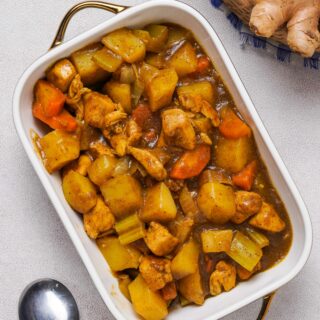
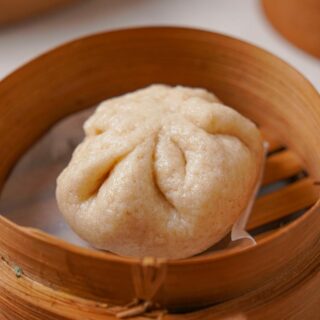
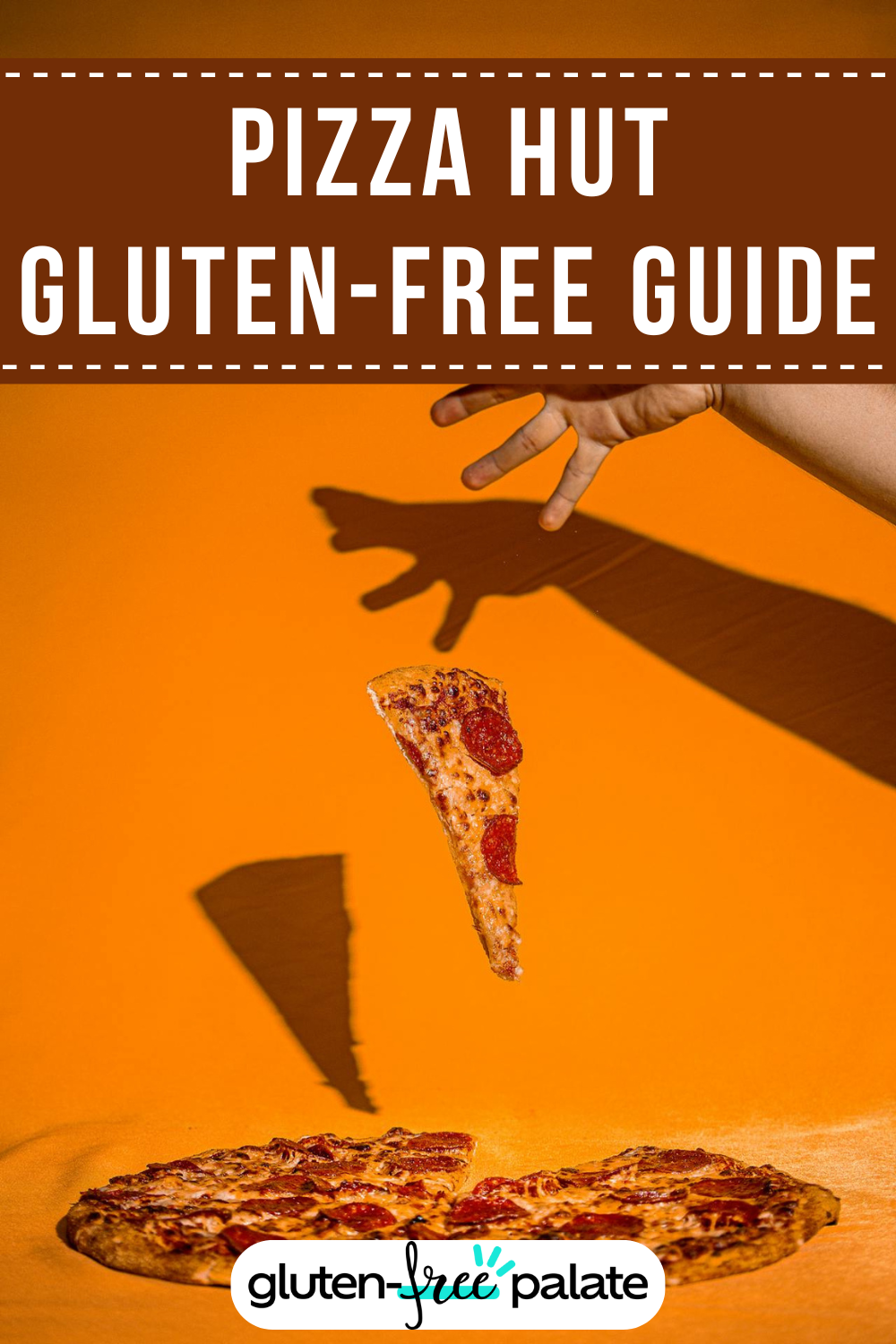
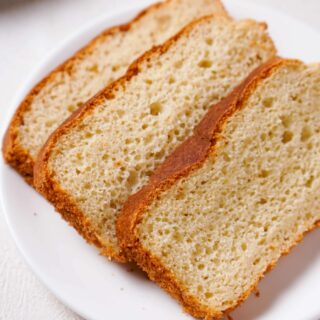

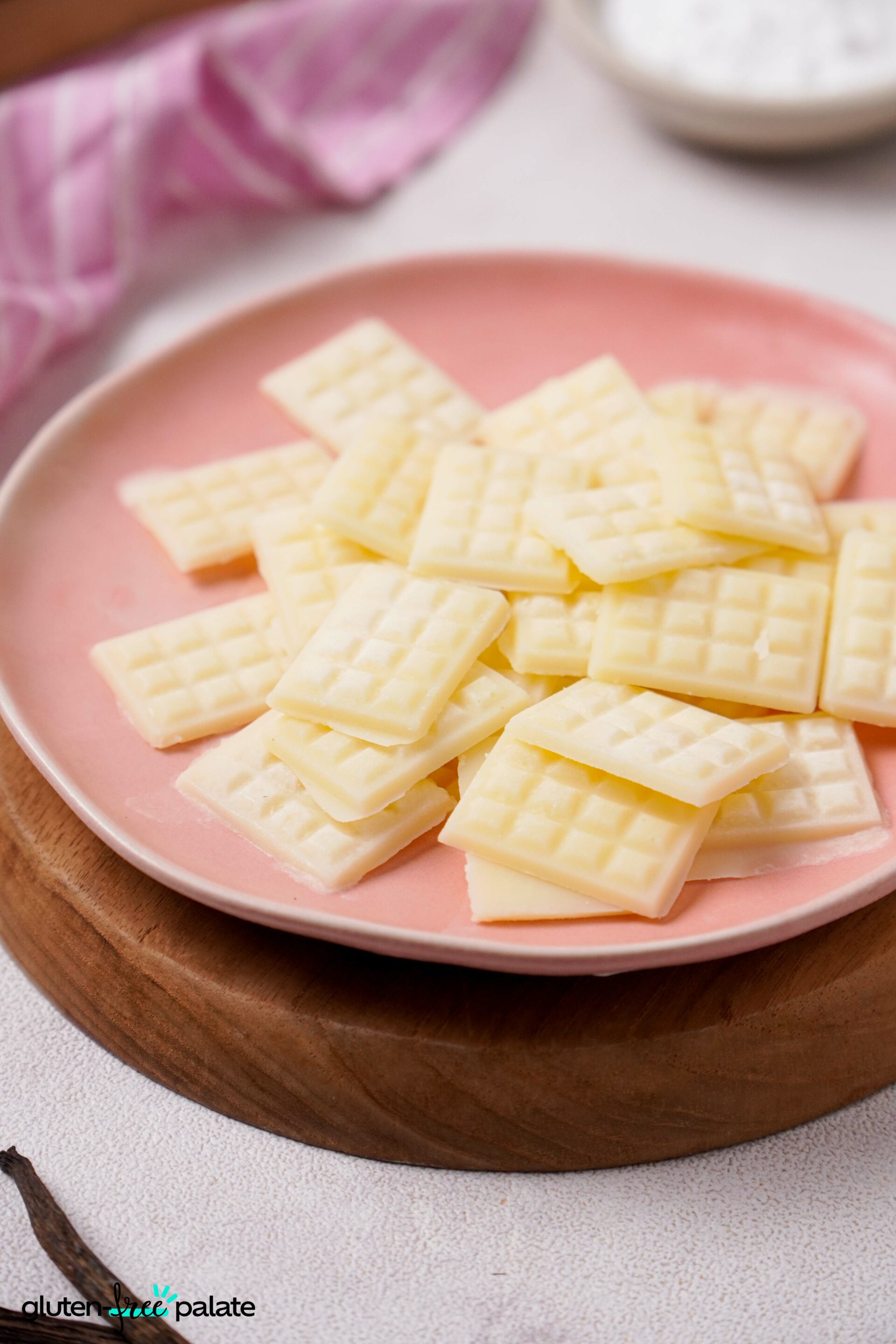
Leave a Question or Comment